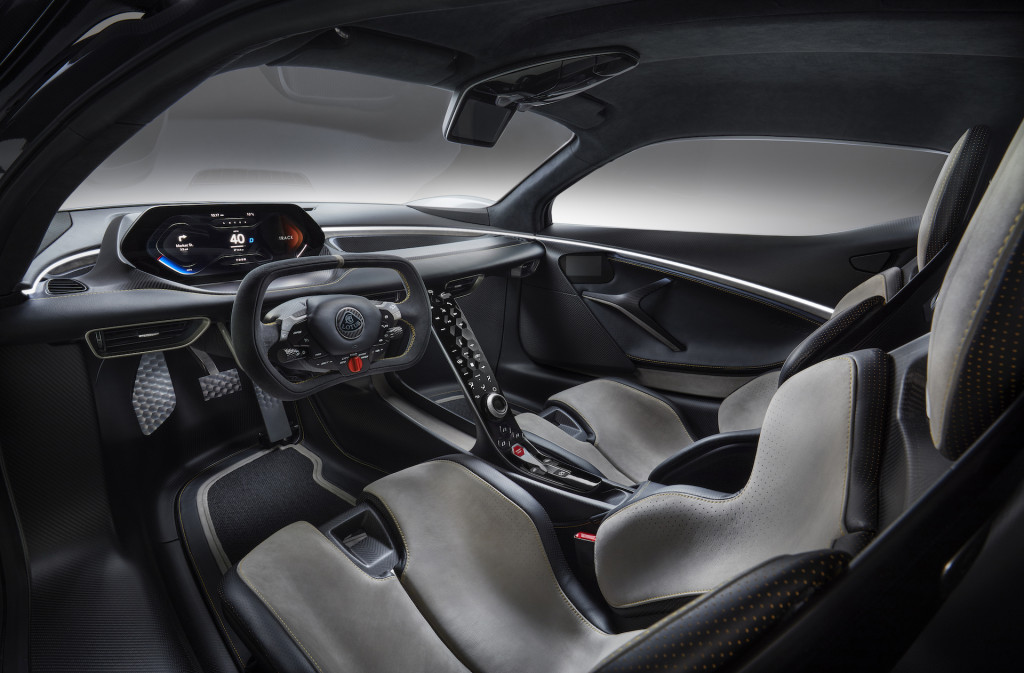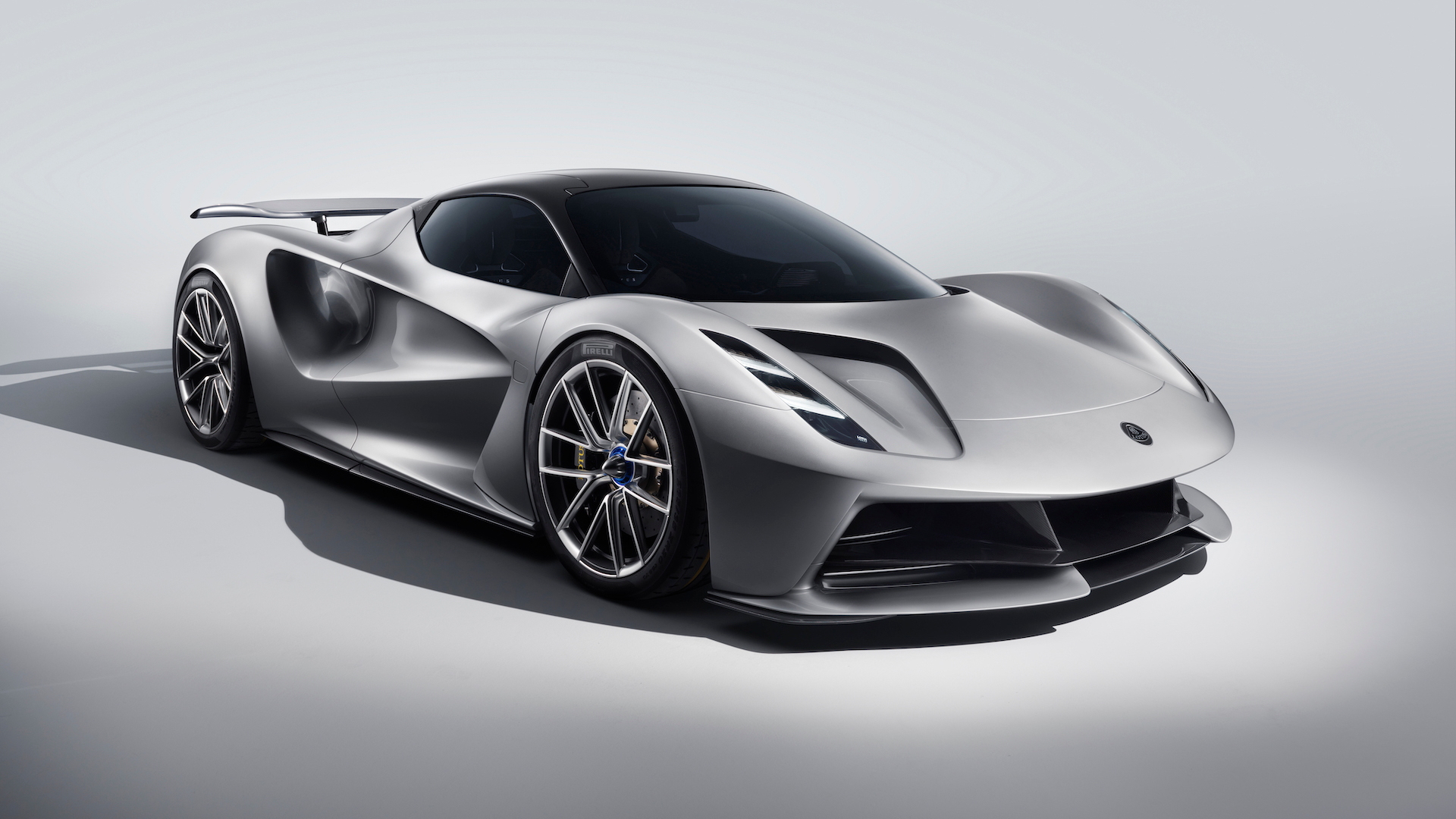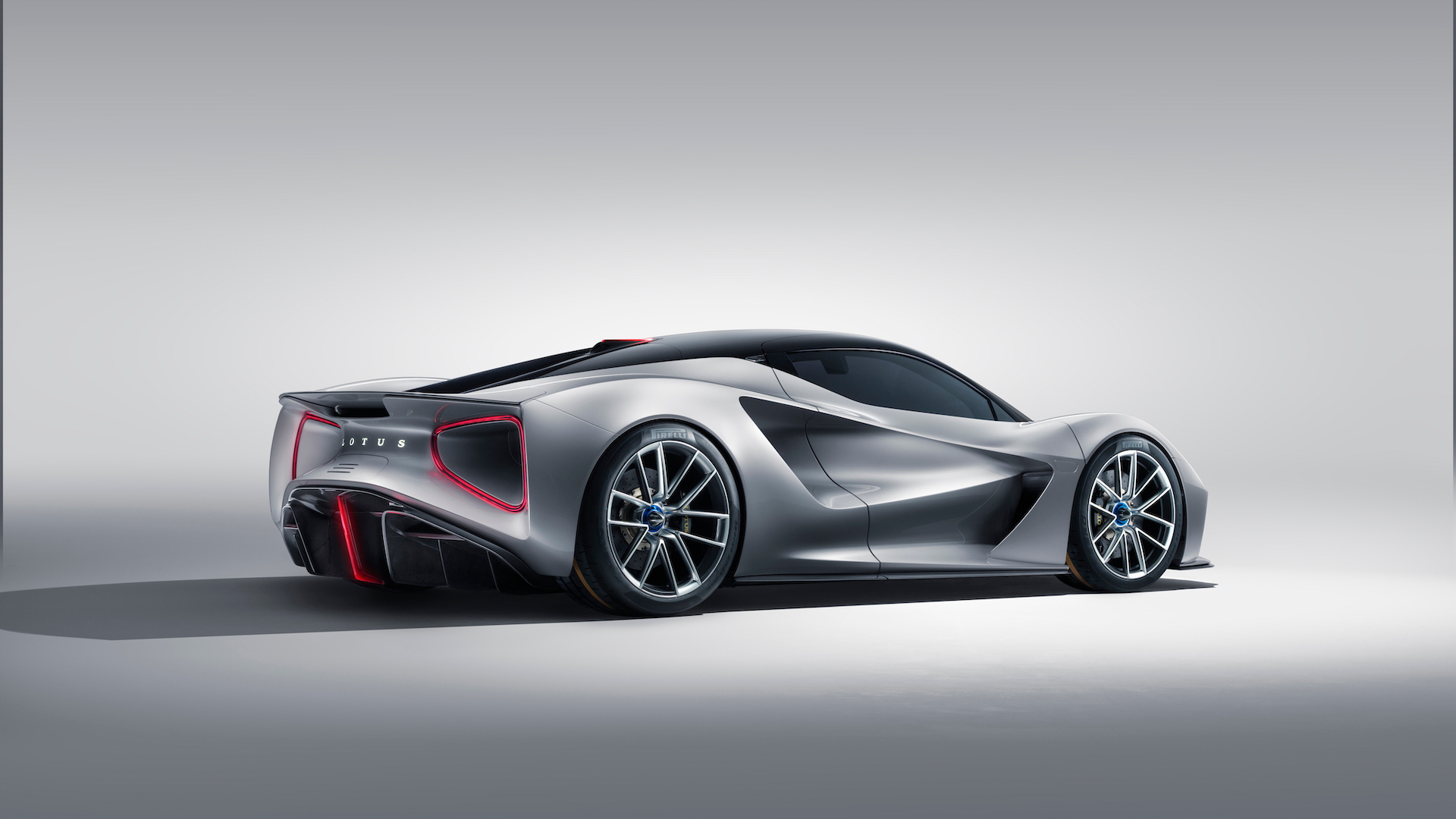Lotus has joined the hypercar crowd with its Evija, a carbon fiber, battery-electric beast billed as the world's most powerful production car. We're talking 1,973 horsepower and 1,254 pound-feet of torque generated by four electric motors, or enough for 0-60 mph acceleration in well under 3.0 seconds, 0-186 mph acceleration in under 9.0 seconds, and a top speed somewhere above 200 mph.
Unlike some other electric hypercar projects, Lotus is keen to back up its numbers on the track. In fact, we may see the car gun for the Nürburgring's production car record. The time to beat is the 6:44.97 set by Lamborghini with its Aventador SVJ in 2018.
Lotus's principal platform engineer, Louis Kerr, revealed to Piston Heads in an interview published Thursday that Lotus is considering a Nürburgring attempt with the Evija. Crucially, he pointed out that the company is confident of comfortably beating the 6:45.90 set by the track-only Nio EP9 electric hypercar in 2017, which means the company is also likely confident of beating the Aventador SVJ's record.

Lotus Evija electric hypercar
Considering the Evija is a production car, with 130 examples destined to be built, it's unlikely to come close to the 6:05.33 set last month by Volkswagen's ID R electric time-attack special. And Porsche's 5:19.55 record set by the 919 Evo Hybrid time-attack special is without doubt safe.
So far there aren't any production EVs that have posted Nürburgring lap times. Most EV batteries aren't designed to deliver the high power neccessary for the extended periods that you need to complete a lap of the 12.9-mile German circuit. In previous attempts, the battery either overheated or was drained too early.
According to Kerr, Lotus has designed the Evija's 70-kilowatt-hour lithium-ion battery to deliver its peak power for up to seven minutes before it puts a cap on the fun. An element that makes this possible is the battery's active cooling, which also has the benefit of allowing the battery to charge quickly, even at rates of up to 800 kilowatts, which isn't actually available at any public charging stations.






